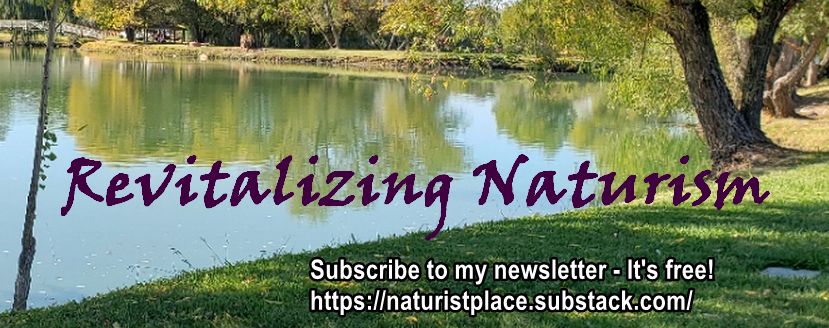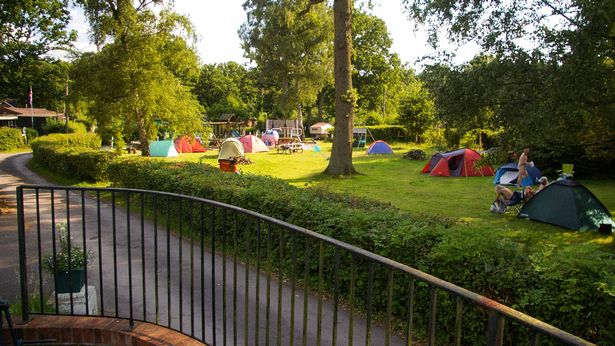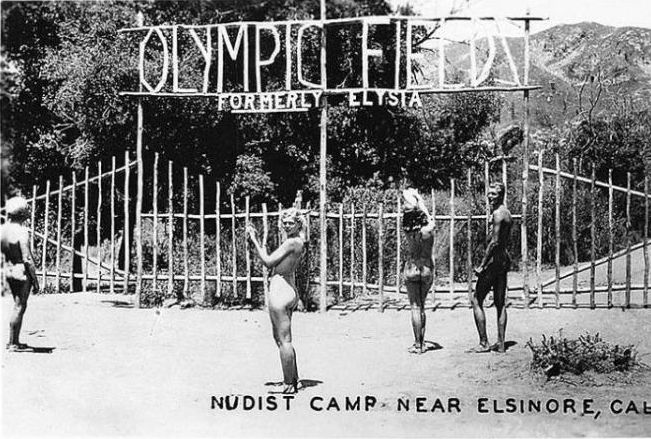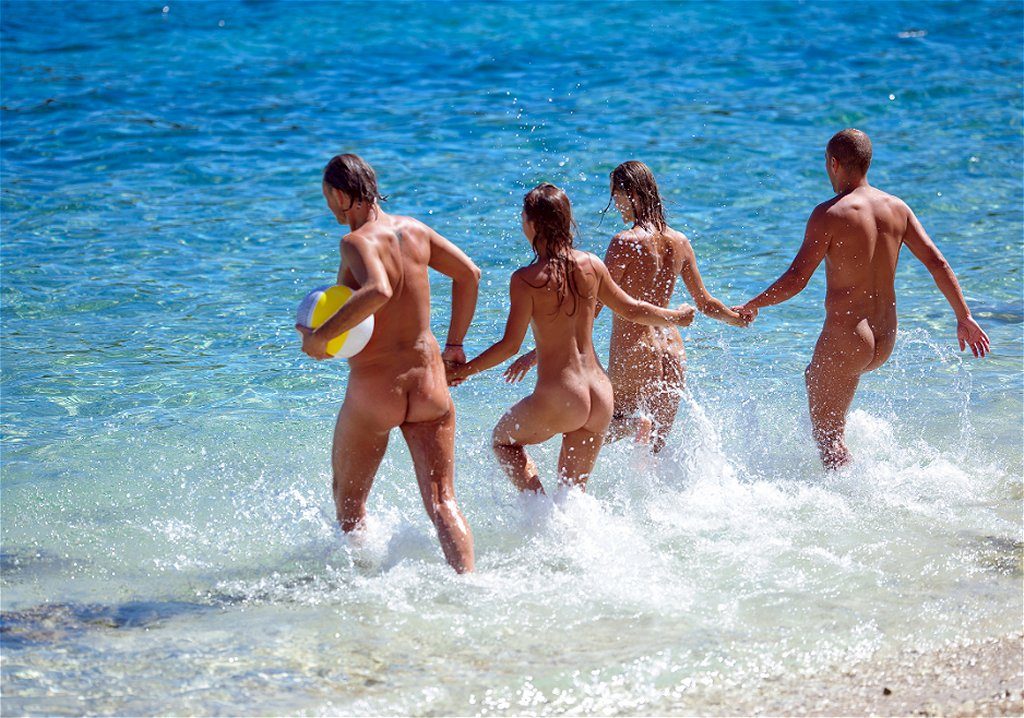
Oh, yes, absolutely. I know of several. One for sure was Kip Thorne, who shared the prize in physics in 2017 for work on gravitational wave detection.
How do I know about his naturist inclinations? It’s mentioned in an October 1989 issue of California magazine. (Which ceased publication in 1991, and the name was later taken by a different organization.)
Of course, the original article isn’t available online. I bought a newsstand copy, because Kip Thorne was featured on the cover. That was quite interesting to me, since I owned a copy of one of the standard textbooks on general relativity that Thorne co-authored with two other distinguished physicists, John Wheeler and Charles Misner.
The article is actually about Thorne’s work in physics, for which he was already well-known, almost 20 years before his Nobel Prize. Although the article is about his role in physics, it begins with anecdotes about his naturist tendencies. There it mentions a photograph of Thorne displayed on a wall at Caltech (where he worked). The photograph shows him along with other physicists – but he “is the only one not wearing clothes”. And he admits “That’s the way I typically did physics.”
Kip Thorne certainly was not the only Nobel Prize winner with a positive attitude towards nudity and naturism. In most cases, the winners’ attitudes regarding nakedness were probably held privately. But another important case is Bertrand Russell, who won a Nobel Prize in Literature in 1950 and was hardly silent about the subject. In his 1929 book Marriage and Morals he wrote:
“The taboo against nakedness is an obstacle to a decent attitude on the subject of sex… It is good for children to see each other and their parents naked whenever it so happens naturally. There will be a short period, probably at about three years old, when the child is interested in the differences between his father and his mother, and compares them with the differences between himself and his sister, but this period is soon over, and after this he takes no more interest in nudity than in clothes. So long as parents are unwilling to be seen naked by their children, the children will necessarily have a sense that there is a mystery, and having that sense they will become prurient and indecent. There is only one way to avoid indecency, and that is to avoid mystery.”
And also:
“There are also many important grounds of health in favour of nudity in suitable circumstances, such as out-of-doors in sunny weather. Sunshine on the bare skin has an exceedingly health-giving effect. Moreover anyone who has watched children running about in the open-air without their clothes must have been struck by the fact that they hold themselves much better and move more freely and more gracefully than when they are dressed. The same thing is true of grown-up people. The proper place for nudity is out-of-doors in the sunshine and in the water.”
And then there was the 1938 Nobel Laureate in chemistry, Henry Taube. Although the extent of Taube’s participation in organized nudism/naturism isn’t clear, naked use of his backyard swimming pool was the norm. Among Taube’s friends were four other Nobelists: Paul Berg (Chemistry, 1980), Paul Flory (Chemistry, 1974), Burton Richter (Physics, 1976), and Arthur Schawlow (Physics, 1981). All, including Taube, were Stanford professors and (presumably) had no disapproval of swimming au naturel. (Reference: The Naked Nobel Laureates)
Another Nobel Prize winner in Chemistry, the New Zealander Alan MacDiarmid, was also a naturist. See: The Nobel-prize winning naturist – Alan MacDiarmid remembered.
Although he never won a Nobel Prize (or even came close), a physicist who’s name is widely known was an avid naturist. That was Charles Richter, who devised the seismological scale named after him.
More than a few well-known authors of fiction were also avid naturists, though not winners of any Nobel prizes (as far as I know). The list includes Robert Heinlein, in many of whose novels, such as Stanger in a Strange Land, nudity was prominently featured. Late in life he had a home in a small California village, Bonny Doon, just a few miles from the popular Bonny Doon nude beach on the coast.
Then there was John Ball, author of popular detective stories featuring the character Virgil Tibbs, such as In the Heat of the Night. Under the pseudonym Donald Johnson, Ball had a leadership role in organized nudism from the 1950s on. That included editing the nudist magazine Sunshine and Health, being president of the Western Sunbathing Association, and authoring the 1959 book The Nudists. He also owned a very large library of nudist publications and was a co-author of the 1970 sociological study, Nudist Society. Perhaps intentionally, Ball’s strong connection to nudism isn’t mentioned in either his Wikipedia article or New York Times obituary.
Strangely, I haven’t learned of any Nobelists in Peace or Physiology/medicine who may have had naturist tendencies. Surely there must be some. If any readers are aware of other naturist Nobelists, please mention them in the comments.
There are no Nobel Prizes in Mathematics. Albert Nobel, a chemist who invented dynamite, was known to have disdain for the subject of mathematics and didn’t consider it a practical science of benefit (like dynamite!) to humanity. Nobel never married but had at least three (female) romantic partners. Rumor has it that part of his attitude towards mathematics was due to one of his partners having an affair with Swedish mathematician Gösta Mittag-Leffler.
However, Bertrand Russell was not only an outstanding philosopher but also a noted mathematician, who made contributions to mathematical logic and co-authored Principia Mathematica with Alfred North Whitehead.
There were undoubtedly quite a few other outstanding mathematicians who were naturists. Many of the world’s best mathematicians lived in Germany before WW2. Given the popularity of Freikörperkultur (FKK, Free Body Culture) in that period, it’s very likely that quite a few of the best mathematicians were active participants.



